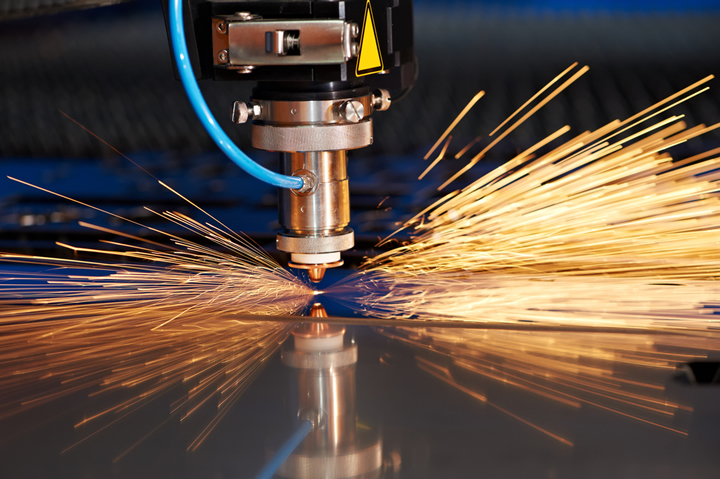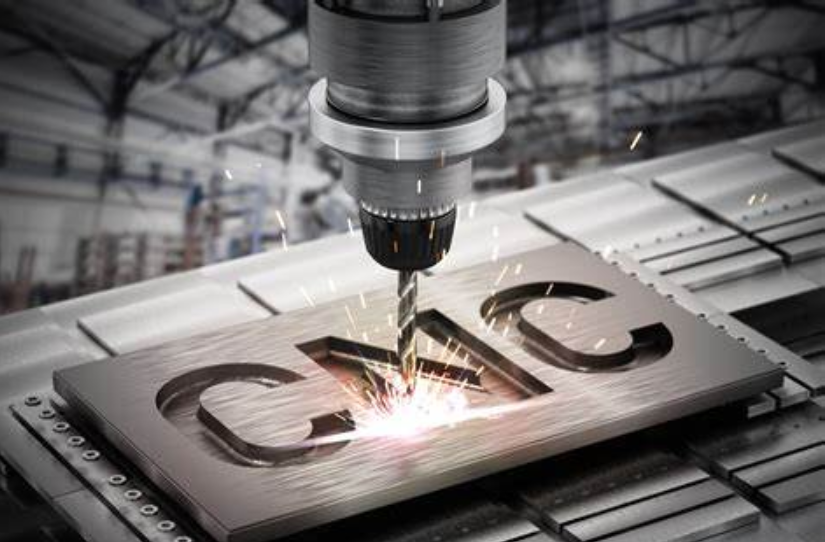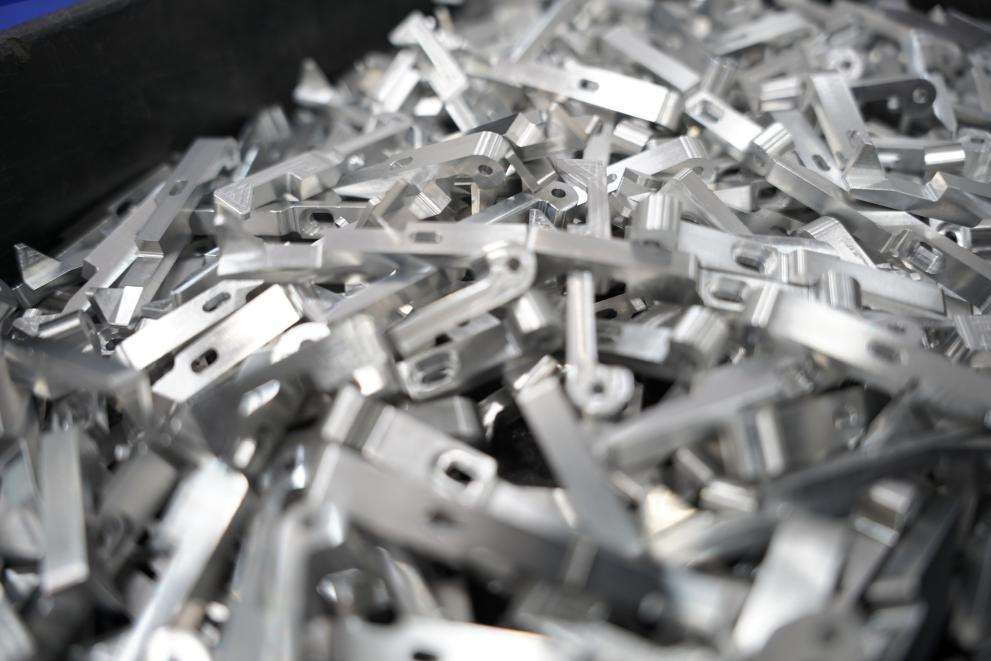
Computer numerical control (CNC) machines have become a standard in the vowin.cn/en/News/news1251.html' target='_blank'>machining industry. Their accuracy, speed, and ease of use make them indispensable tools. But despite these advantages, they’re still not perfect. Quality control remains an essential step to catch and prevent defects, yet many facilities have sub-par CNC quality control systems.
While errors are far less likely with CNC machines than manual processes, they can still happen. When they do, they can create bottlenecks, lead to waste and, if not caught, hamper client-customer relationships through poor-quality products. Conversely, an effective quality control program improves the entire machining process by stopping these errors.

With that in mind, here’s how manufacturers can improve their CNC quality control.
Check Raw Materials Before Machining
Many people often think of quality checks as the final step in the production process. While final checks are necessary, quality control should start early on, too. Identifying errors after machining means it’s too late to recover costs, but early checks can prevent waste.
One of the most crucial steps in ensuring quality from the beginning is checking material quality. CNC machines can virtually eliminate human error, but if they’re working with low-quality or defective materials, that won’t matter. Even a highly accurate system will produce a poor-quality product if the materials it uses aren’t up to par.
To prevent these mistakes, employees must check the quality of their raw materials before working with them. Sourcing from trusted suppliers will help reduce many material-related issues, but machinists can’t afford to take any risks here. By looking for any cracks, weak points, or other defects in their materials, workers can ensure they use their CNC machines to their full potential.

Use the Appropriate Type of Machine
Not all CNC machines are created equal, and manufacturers should consider this when addressing CNC quality control. Using the wrong machine for a given task can result in more errors, so facilities must be selective about which orders go through which machines. The more complex a product or part is, the more advanced its CNC machine should be.
A three-axis CNC machine, the most common type for mechanical components, is sufficient for simpler designs, but not much beyond that. For more complicated parts or products, workers should use a four- or five-axis machine. More axes give machines more precision, enabling them to perform more complex work without error.
This is not to say that facilities should only use four- or five-axis machines. Balancing work between different machines can help reduce bottlenecks and keep the overall operation efficient. As companies go about this balancing, though, they should send more complicated designs to higher-axis machines.

Employ On-Machine Inspection
Machining operations can also include quality control steps during the CNC machining process itself. Devices called machine tool probing systems attach to CNC machines and inspect quality as they work. This on-machine inspection lets facilities address and correct problems as they arise, preventing errors in the final product.
Probing routines don’t interrupt or interfere with the machining process, so adding them won’t hinder efficiency. What they will do is automatically redirect machines to correct issues they detect in real-time. By catching and correcting errors early, they prevent substantial mistakes, reducing the number of defective or poor-quality parts down the line.
In addition to reducing scrap, on-machine inspection reduces quality control bottlenecks. Since machining time is the primary cost driver for the field, ensuring efficiency in these operations is essential. Tool probing systems prevent rework, reduce total machining time, and produce more consistent quality by minimizing disruptions from end-of-line quality checks.
Use Multiple Quality Control Methods
Just as CNC machining itself isn’t perfect, every quality check method has unique strengths and weaknesses. No one process can catch every error that might arise. To account for this, facilities should use multiple CNC quality control methods, ensuring mistakes missed by one process won’t pass further down the line.




